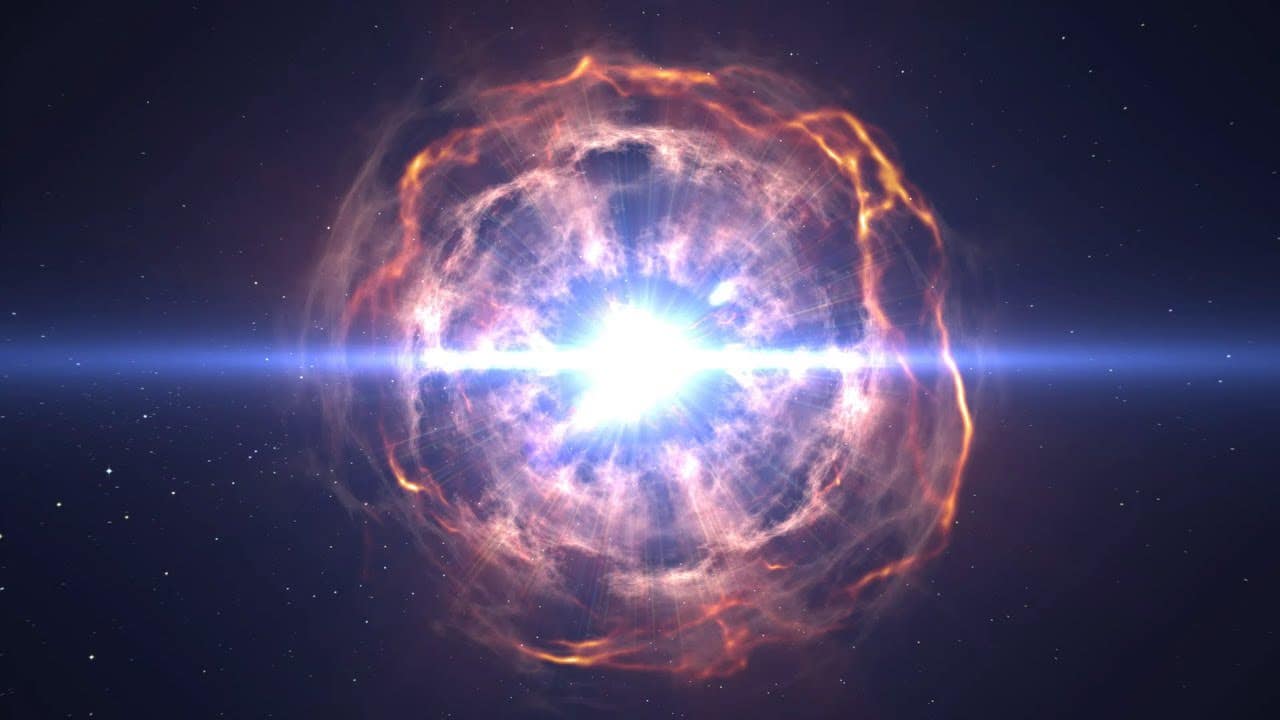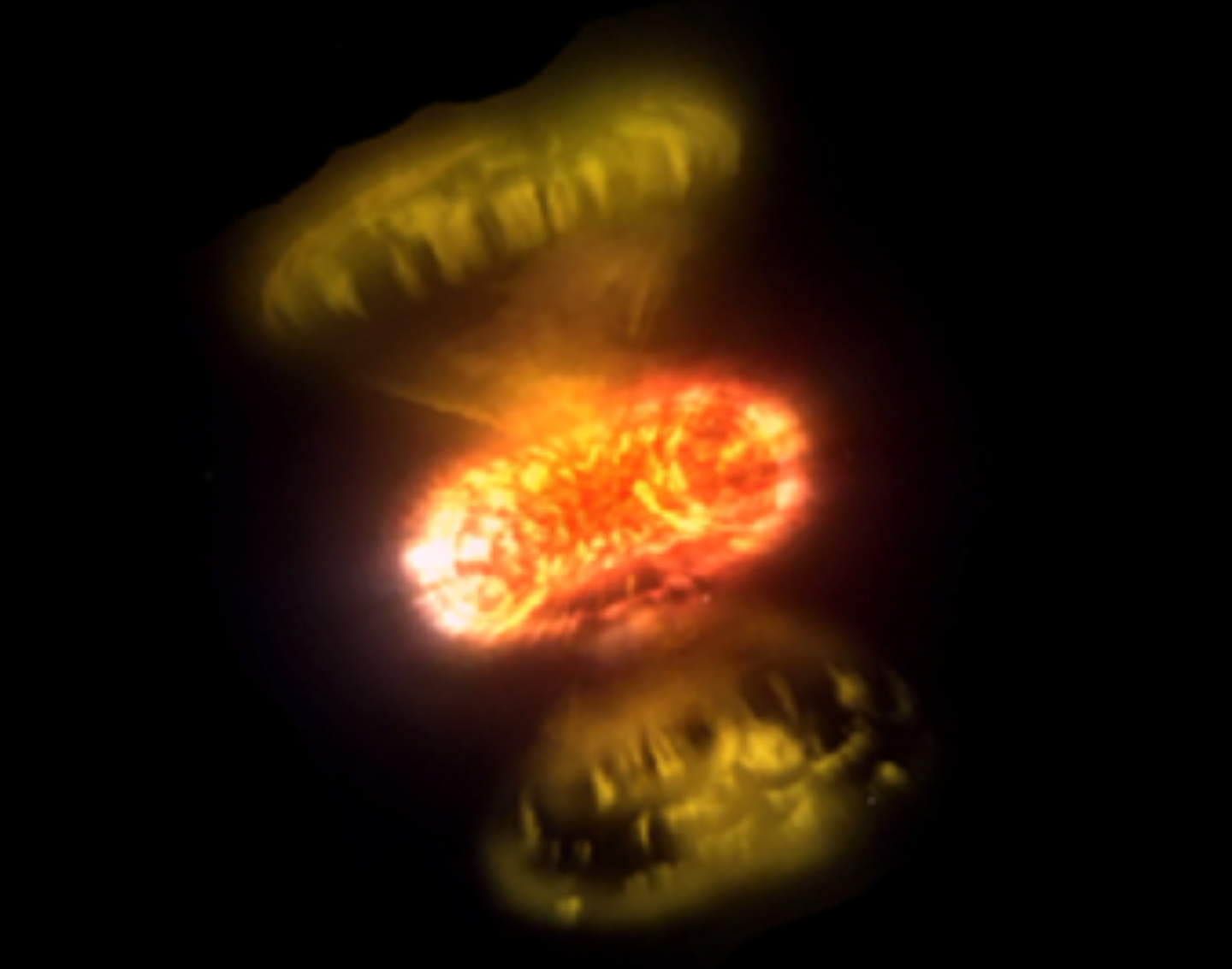4,000 white dwarf star explosions revolutionize dark energy research
New research reveals unexpected diversity in Type Ia supernovae, raising questions about their reliability as cosmic distance markers.

Astronomers uncover surprising variations in Type Ia supernovae, challenging assumptions about their uniformity and impact on dark energy measurements. (CREDIT: CC BY-SA 4.0)
Type Ia supernovae have long served as essential tools in cosmology, acting as cosmic beacons that help astronomers measure vast distances. Their consistent brightness allows scientists to refine measurements of dark energy and the rate at which the universe expands.
Decades of observations have solidified their role in uncovering the accelerating expansion of space and have provided critical data on fundamental constants such as the Hubble constant. However, recent research challenges previous assumptions about these stellar explosions, revealing unexpected diversity in how they occur.
Supernovae of this type are thought to originate from carbon-oxygen white dwarfs in binary systems, but the exact mechanism of their explosion remains uncertain. Two primary theories exist: the single degenerate model, in which a white dwarf siphons material from a non-degenerate companion star, and the double degenerate model, in which two white dwarfs interact, leading to a thermonuclear detonation.
In the first scenario, a white dwarf accumulates mass from a companion, reaching the Chandrasekhar limit of approximately 1.4 times the Sun’s mass, at which point nuclear fusion ignites uncontrollably. The second model suggests that two white dwarfs merge or transfer helium, leading to detonation.
Observations reveal a surprising range of explosion behaviors. Some supernovae appear far dimmer than expected, while others shine for extended periods. This variability challenges the assumption that these events can be uniformly used as distance markers, raising concerns about the accuracy of measurements related to dark energy.
Insights from Host Galaxies
Understanding these stellar explosions requires studying the galaxies in which they occur. The brightness of Type Ia supernovae shows a correlation with the properties of their host galaxies.
Higher-mass galaxies tend to produce brighter explosions after standardization, a puzzling observation that has introduced systematic uncertainties in distance calculations. Scientists attempt to correct for these discrepancies, but the underlying physical reasons remain unclear.
Related Stories
Additional studies suggest that galaxy color may be an even stronger predictor of supernova brightness. Factors such as age, metallicity, star formation rates, and dust content influence explosion characteristics. The challenge lies in determining which of these factors plays the most significant role in shaping the observed brightness differences.
A breakthrough came with a dataset of nearly 4,000 nearby supernovae, many times larger than previous samples. This massive observational effort, led by researchers using the Zwicky Transient Facility, provided unprecedented insights into how white dwarfs explode. The scale of the survey allowed astronomers to detect even the faintest stellar deaths, revealing a greater variety of explosion mechanisms than expected.
Kate Maguire, a physicist at Trinity College Dublin's School of Physics, highlights the significance of these findings. The ability to capture supernovae at a millionth the brightness of the faintest visible stars has made it possible to observe rare and unusual explosion types. Some result from direct collisions between stars, while others stem from companion stars cannibalizing their neighbors before triggering detonation.
The variety of explosion mechanisms introduces potential complications in using Type Ia supernovae as cosmic distance markers. Since measurements of dark energy depend on the assumption that these explosions are uniform, greater variation could impact the precision of cosmological models. This means the constraints on dark energy may need further refinement.
The Role of Galactic Structure
The improved resolution of modern sky surveys allows astronomers to study galactic structure in greater detail. Traditional classifications separate galaxies into components such as disks, bulges, and spiral arms. These structures influence the conditions under which white dwarfs explode. Star-forming regions tend to produce different types of supernovae compared to older stellar populations found in galactic bulges.
To analyze these galaxies, astronomers rely on computational models that separate structural components. Advanced software corrects for distortions caused by observational limitations, enabling a clearer picture of how galaxy properties correlate with supernova behavior.
Researchers now seek to determine whether galactic morphology can help refine the standardization of Type Ia supernovae, improving the reliability of distance measurements.
The diversity of white dwarf explosions complicates their role as precise cosmic measuring tools. However, it also presents an opportunity to deepen our understanding of stellar evolution, nuclear physics, and the forces shaping the universe.
As observational techniques improve, future studies will likely refine how supernovae contribute to our understanding of cosmic expansion and dark energy.
Study finding were published in the journal Astronomy & Astrophysics.
Note: Materials provided above by The Brighter Side of News. Content may be edited for style and length.
Like these kind of feel good stories? Get The Brighter Side of News' newsletter.



